
8 minute read
Non-violence from Tolstoy to Gandhi
from 2013-10 Sydney (1)
by Indian Link
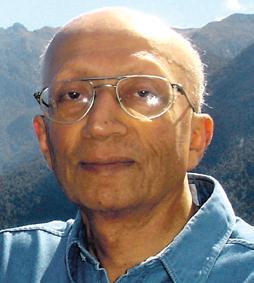
BY AVI CHANDIOK

On October 2 we celebrated the anniversary of the birth of Gandhiji, our revered Mahatma who is renowned for his use of non-violence in the struggle for Indian independence. The question arises, how did he come by this idea of non-violence?
Mohandas Karamchand Gandhi went to England in 1888 at the relatively young age of 19, to study law. As one might expect, at first he was quite bewildered at the different world into which he had stepped. Apart from the problem of satisfying his vegetarian dietary needs, he soon took to the British lifestyle, buying smart clothes including a top hat. He joined the London Vegetarian Society and absorbed various influences of this great city, even to the extent of learning ballroom dancing and buying a Bible.
Gandhi read the Bible and Matthew 5.2, the ‘Sermon on the Mount,’ went straight to his heart. Making a particular impact were the sections that read “Blessed are the poor in spirit: for theirs is the kingdom of heaven” and “Blessed are they who are persecuted for righteousness’ sake: for theirs is the kingdom of heaven”.

We have all heard the saying, ‘An eye for an eye, and a tooth for a tooth’. But Jesus in the Sermon goes on to say, “whosoever shall smite thee on thy right cheek, turn to him the other also”. With hindsight, one can begin to understand how these and other sayings of the Bible resonated with Gandhi, but they were still to be processed in his mind.
Leo Tolstoy, son of Count Nicolai Tolstoy was 60 when Gandhi arrived in London. Tolstoy had already written arguably two of the greatest novels ever, Anna Karenina and War and Peace, but also would go on to write an argument of his philosophies in a work entitled The Kingdom of God is Within You in 1894. He was a
Christian, but could not reconcile what he saw as the perversion of Christ’s teachings by the Church. In his reading of the Bible, he too had been enormously affected by the ‘Sermon on the Mount’ which he believed to be the true gospel of Jesus Christ. In addition, his thoughts and writing were influenced strongly by the teachings of the Quakers, and also by the struggle for the emancipation of slaves in the United States. Tolstoy acknowledges that as far back as 200 years before his time, the Quakers had been championing the notion of non-violence.
A feel for the book The Kingdom of God is Within You can be gleaned by the title of the very first chapter of the book, “The Doctrine of Non-Resistance to Evil by Force has been Professed by a Minority of Men from the Very Foundation of Christianity”. Gandhi read this book in 1896, and was profoundly affected by it. It’s not surprising because the book is a cry from the depths of the heart and soul of Tolstoy. He argues and pleads to explain how relevant and robust the teachings of the Bible are to mankind.
Gandhi’s philosophy on the use of non-violence was now formed. The teachings from these two works had already provided the basis for the selfless support for the poor and downtrodden, that was to be Gandhi’s hallmark throughout his life. It is these two pillars that would provide him with strength and guidance in all the battles that were to come.
In 1908, Tolstoy wrote A Letter to a Hindoo, which was published in the Free Hindustan in India. The letter outlines the notion that only by using love as a weapon through passive-resistance, could native Indian people overthrow the colonial British empire. Gandhi read the letter and wrote to Tolstoy, afterg which the two kept up a regular correspondence. This was to last another two years with Tolstoy’s last letter before his death in 1910 being written to his friend Gandhi.
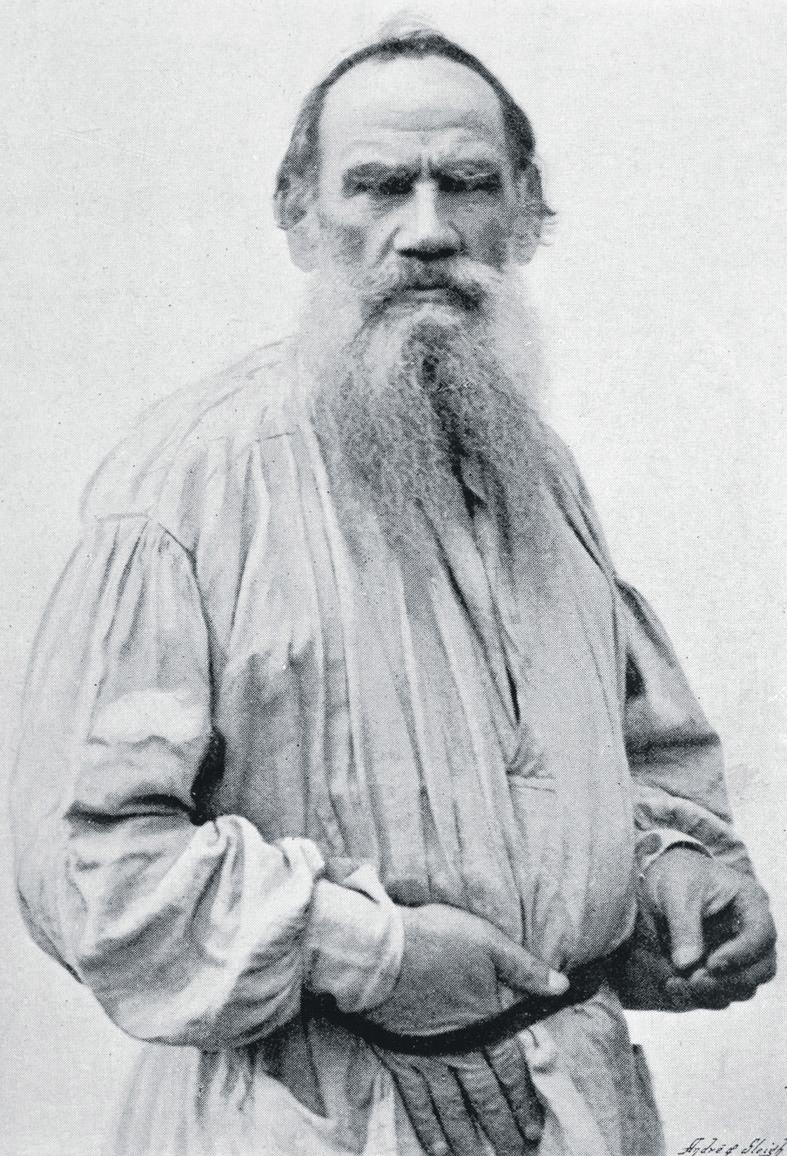
In 1910 Gandhi started a cooperative village in South Africa, and called it Tolstoy Farm. There were also certain traits common to both Tolstoy and Gandhi. Even though Tolstoy hailed from nobility, he would dress as a peasant, and we have Gandhi rejecting all luxury, dressing as a peasant and living a spartan life. Tolstoy came to believe in the beneficial properties of vegetarianism, whereas Gandhi had always been a vegetarian. Interestingly, both Tolstoy and Gandhi came to value chastity and sexual abstinence, but possibly not for the same reason. Tolstoy had many children with his wife and it is well-known, some with workers on his estate. However, Gandhi believed abstinence helped retain energy and concentrate the mind. In his autobiography, Gandhi acknowledged Tolstoy as “the greatest apostle of nonviolence that the present age has produced”.
From the snowfields of Russia, through to the veldt of South Africa, across the heat and dust of the plains of India, the tide of non-violence has drifted across continents. It is a notion that is simple in the extreme, yet as full of power as a live electric wire. Many have embraced the idea as Gandhi did. It has changed societies and altered the course of nations, none more so than India.
From the snowfields of Russia, through to the veldt of South Africa, across the heat and dust of the plains of India, the tide of non-violence has drifted across continents
Contact Details:

Amrit P Jagota (MARN 0532014)
Mobile Contact Number 0414 338 423
Manvinder K Josan (MARN 0962796) Mobile Contact Number 0410 719 375
There are no problems without solutions
InternatIonal claIrvoyance and spIrItual healer
Spiritual healer of International fame
Pure and powerful clairvoyance with supernatural gift from god. Surprising results and deeply effective success and a worldwide reputation. He can help you to solve your problems, bringing love back in your life for the better, to stop unwanted union, love, marriage, health care, successful in job and business, exam, court case, work, cure impotence become joyful. Remove nightmares, misfortune and family problems. let me destroy your problems before it destroys you!!!!
MobIle: 0405 515 401 or 0497 533 909 success In just few days and 100% guarantee
Put an end to all your worries by phoning Mr Malik malikhelp@hotmail.co.uk
INDIAN
Grocery Shop For Sale
Indian/Srilankan/Pacific Spices plus convenience goods and fresh food plus worldwide money transfer and foreign exchange services
Located in the fast growing suburb of Western Sydney
Close to Station/hospital/park/residential area
Well-Known name business run by friendly family
Very busy business
(Over 90 sqm shop area and 2 bedroom + kitchen for family living... you can save rent!)
Additional storage area and big backyard
3 on-site parking space and plenty of street parking Inspection welcome.
Please call for more details (0488 038 639) or Email: slcstores@gmail.com
INDIA TRAVEL SPECIALISTS

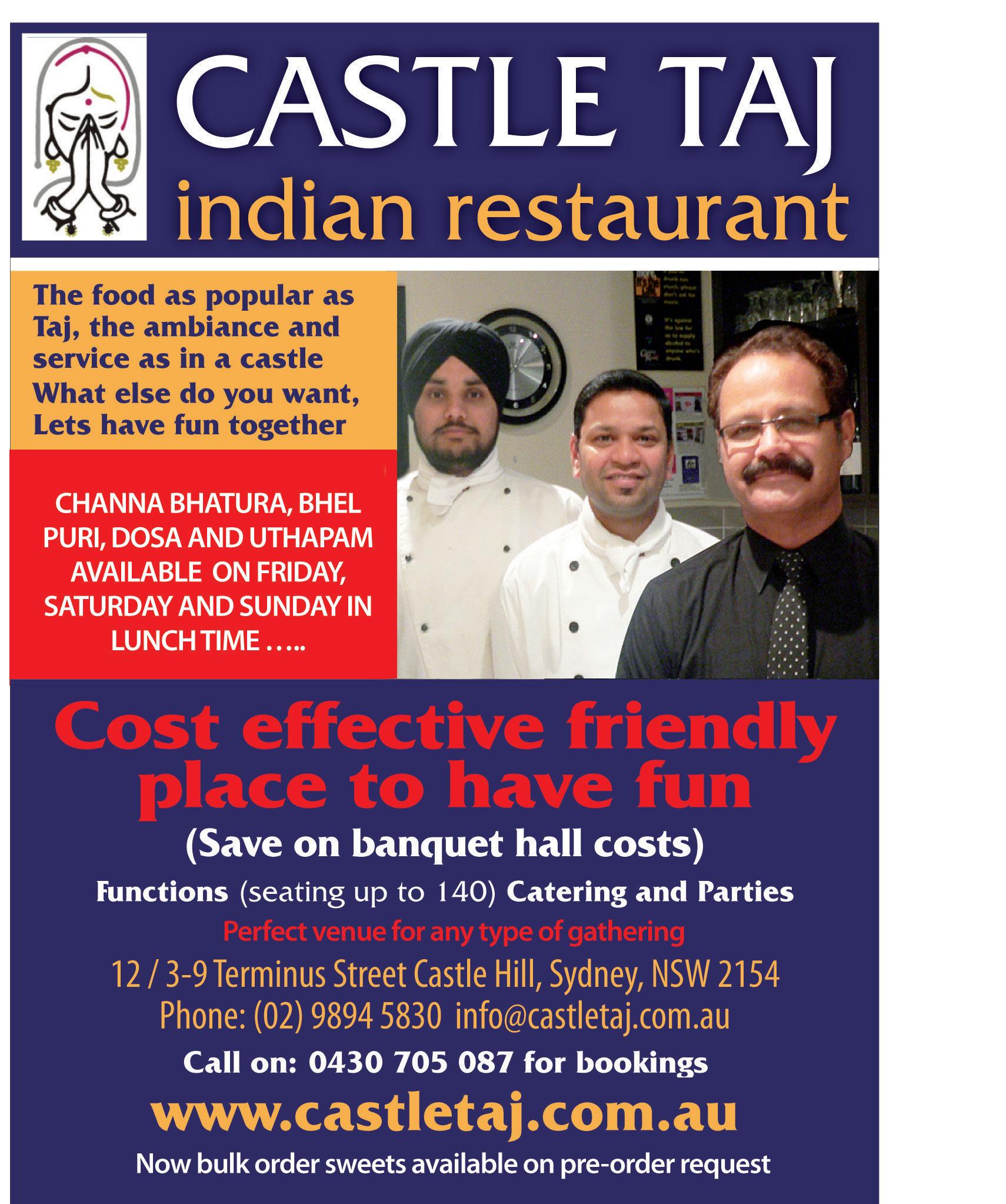
Over 20 years of experience
Address: 6 Vernon Street, Turramurra, NSW 2074.
Tel: (02) 9402 9400 Mob: 0424 257 087 www.ramworldtravel.com.au
Daily departure tours from $775.00 per person (twin share) email: ram@ramworldtravel.com.au
BY PETRA O’NEILL
As is customary in South Korea, I deposited my shoes at the restaurant’s entrance, showed my sign of ‘Naneun chaesikjuuijaimnida’ or ‘vegetarian’ in Korean, and was ushered away from the raw beef piled high on tables ready to be stir fried, into a small room with sliding wooden doors. I settled onto pillows on the floor around a low table that was soon covered with small plates. There was soft tofu, glass noodles mixed with sesame oil, barley rice, sweet potato soup, kimchi and a large pot of green tea. Kimchi is a traditional dish made of cabbage, cucumber and radish that is popular throughout Korea for its delicious flavour and health benefits. The portions were replenished and enjoyed.
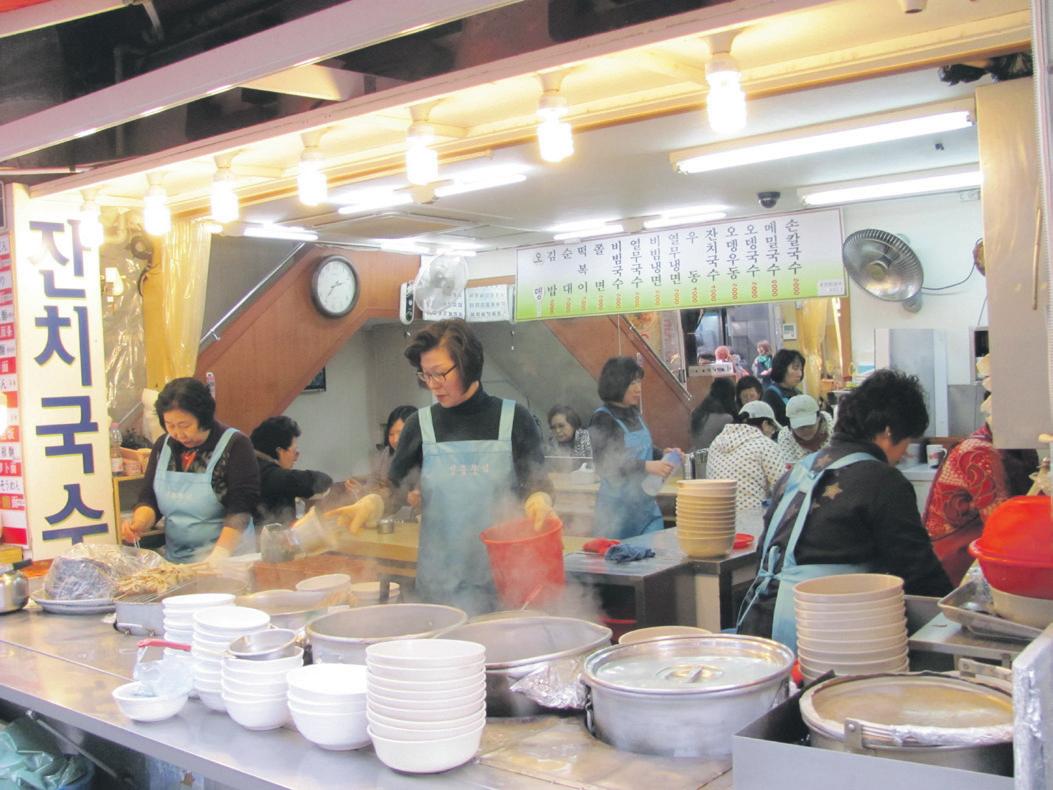
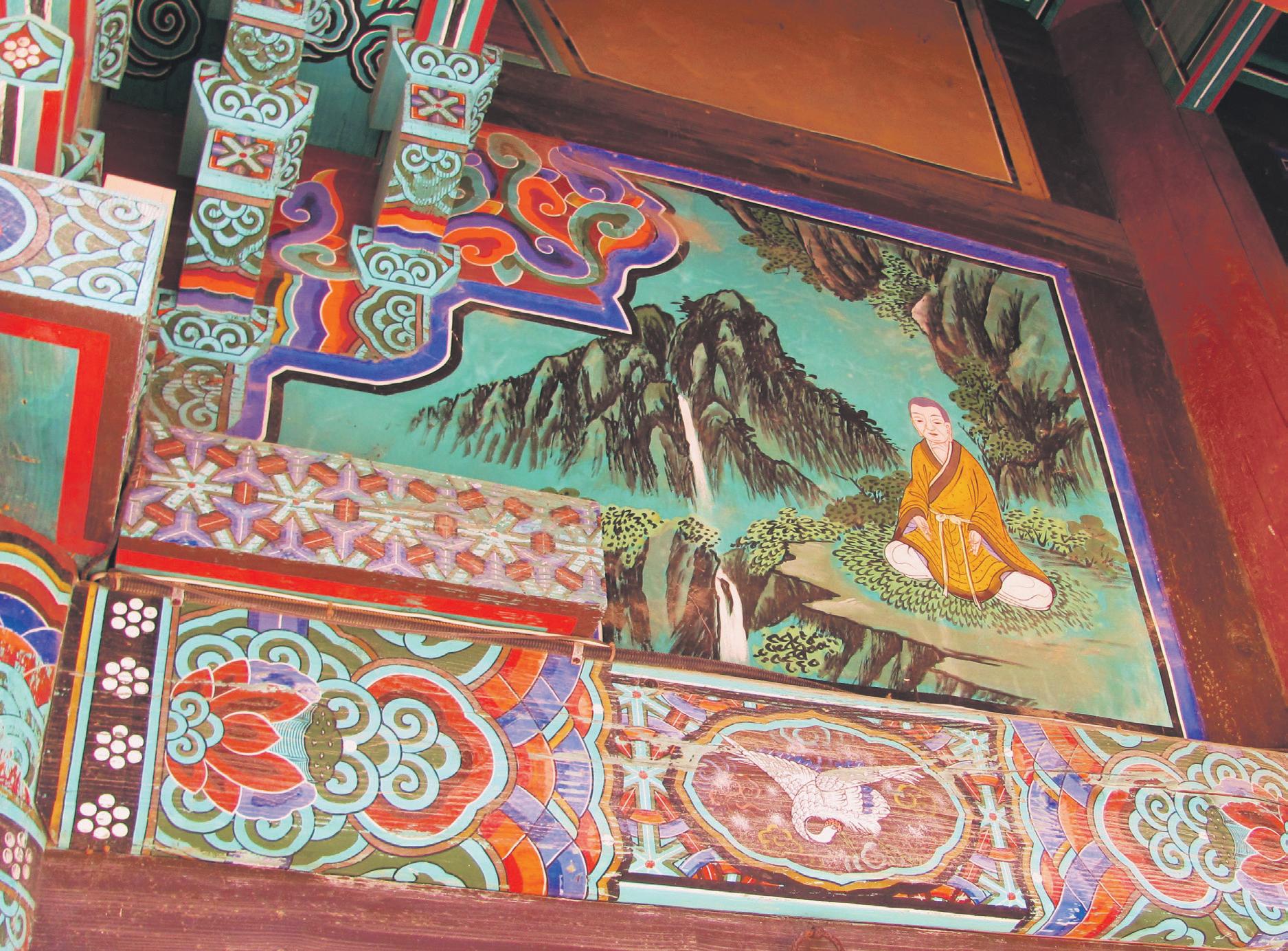
Hastily rebuilt after the Korean War, Seoul is a city of districts and neighbourhoods that house over 10 million people. The city is shedding its utilitarian image, and now has the potential to become one of Asia’s most glittering metropolises. A city of contrasts of old and new, the city centre is well planned, spotless and spiffed up with numerous recent examples of striking sleek contemporary architecture, including the City Hall with a cresting wave facade of dark glass. With attention given to public amenities, parklands have been created such as the Cheonggyecheon or ‘stream,’ with office workers taking a stroll during their lunch break. And there are many vibrant neighbourhoods showcasing a booming art scene, with the number of art galleries with quirky art on display being quite impressive, as are the fashionable stores and the thriving youth culture.
After arriving at the port city of Incheon, I travelled to the city centre, heading for one of many grand palaces dating back to Seoul’s feudal past. The city centre is bounded by five grand palaces that date back to the Joseon dynasty which ruled Korea from 1392-1910, founded by King Taejo. Gyeongbokgung Palace built in 1395, was the main royal palace for 500 years. Reconstructed in 1872 at enormous cost, it almost bankrupted the government of the time. Monumental halls and private quarters of the royal family are splendid, but the Changing of the Guards ceremony is spectacular. Within the grounds, the National Folk Museum of Korea showcases examples of Korean life. Nearby is Cheongwadae known as the ‘Blue House,’ home to the Korean President, and so called because of its blue roof tiles. Changdeokgung Palace nearby was built in 1405 with the last royal family member living here until her death in 1989.
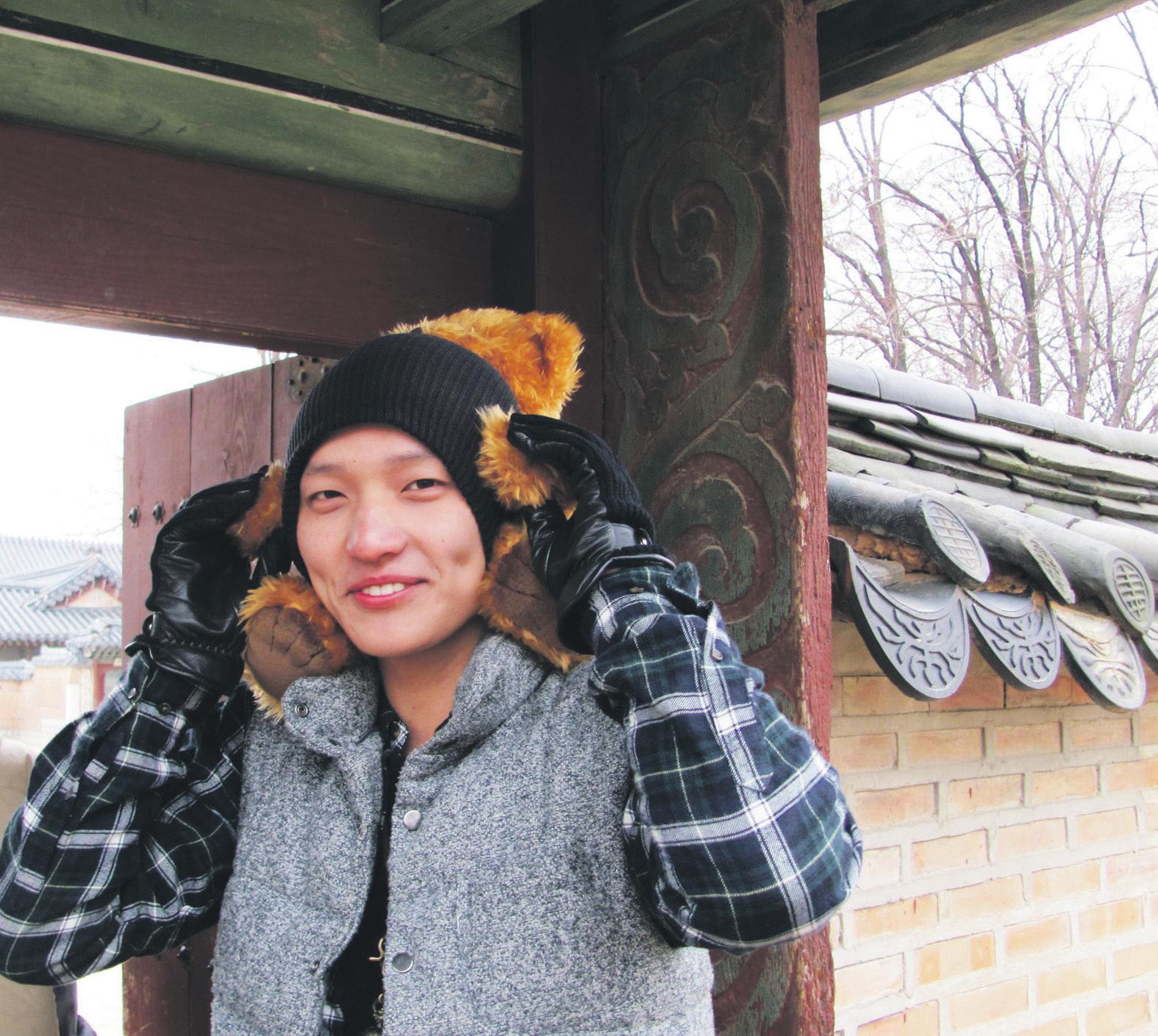
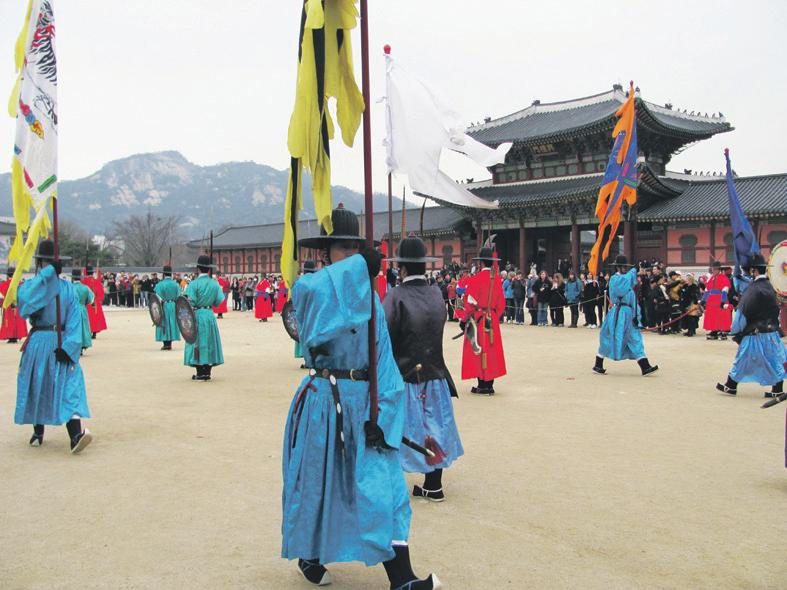
At Namdaemun market, with over 10,000 shops selling clothing, textiles, household utensils and food radiating out along alleyways from the centre, not getting lost was a challenge. I left clutching an assortment of souvenirs. The largest market in Korea, it was established in 1414 near large city gates built of stone. Somehow you get by with barely anyone understanding English, but with a willingness to communicate. Signs around the market read “Good for browing” (sic) and “Everything under the sun”.
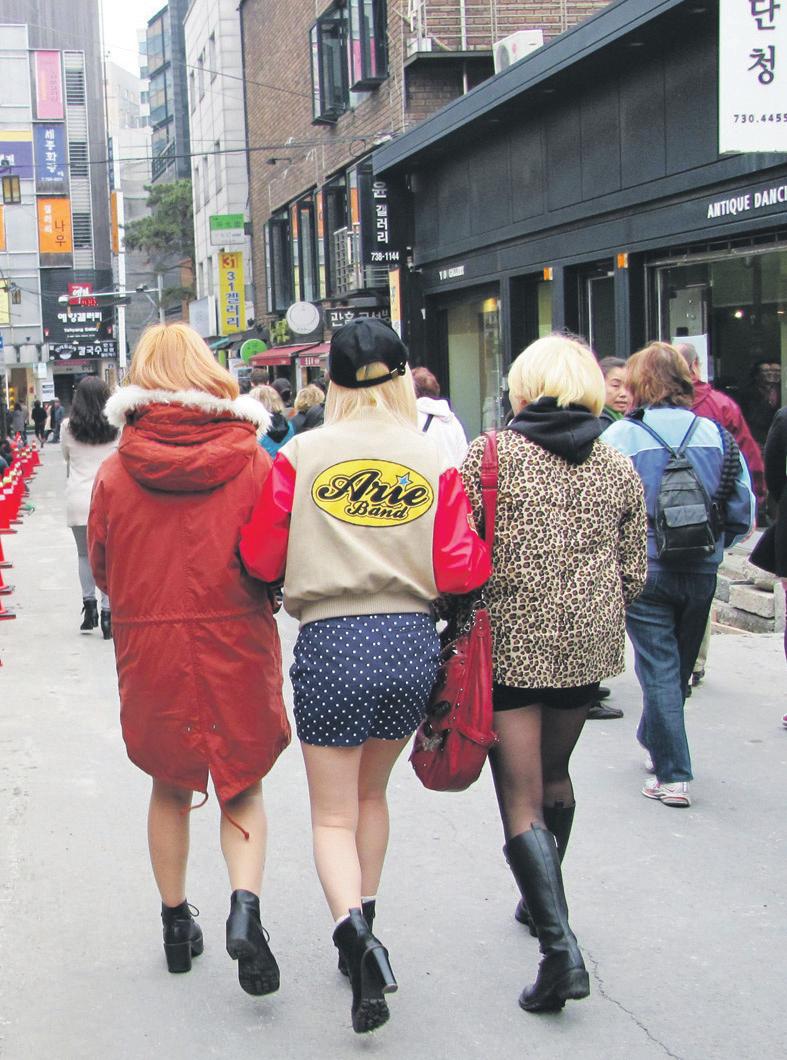
My favourite place was the utterly charming Insadong, a street with a multitude of small quirky boutiques, cafés, art galleries showcasing contemporary art and photography, traditional teahouses and restaurants. Street vendors were selling dragon’s beard, fine strands of honey, pine nuts, chestnuts, peanuts and cornstarch. There were also some quirky museums including one dedicated to handbags, another to jewellery and one intriguingly, to chicken art. There were underground shopping malls and business precincts, with Samsung dominating. And many hairdressers and salons for manicured coloured nails.
For those who equate Seoul with a sprawling metropolis of skyscrapers and malls, the intimate scale of Samcheong-dong is a pleasant surprise. Much of this neighbourhood is a hilltop maze of hanoks or small traditional timber courtyard houses, some now operating as galleries, cafés and bars.
As I travelled back to the port, the bus passed row upon row of identical rectangular high-rise apartment blocks devoid of any character. The economic revolution that has turned South Korea into the 11th largest economy in the world, also replaced many of the traditional hanoks that were once commonplace.
I next travelled to South Korea’s second largest city and the 5th largest container port in the world, Busan. Here, the lively Jagalchi Fish Market that began as a collection of fishing villages, has no nonsense women selling the freshest of fish. Views from Yongkusan Park of the city skyline were spectacular, though the highlight was Beomeosa Temple dating from AD678, set against a mountain setting requiring a steep uphill hike. Mountains cover 70% of the landmass, making Korea one of the most mountainous regions in the world. South Korea may be among the most wired and densely populated countries in the world, but its first religion many centuries ago before the arrival of Christianity and Buddhism, was based on the worship of mountain spirits. Here among temple buildings wedged into the rocky terrain, I was treated to expansive views of the surrounding forest of maple and birch, towards the sea beyond. A young monk in grey robes beat a drum larger than he was, with the deep sound echoing far beyond.
I ascended to a hall filled with golden statues of Buddha, and met a college student who was staying at the temple overnight to learn more about Korean culture.
On my return home, as I was having my hair cut at the Bondi Junction salon managed by Soon from Seoul, I mentioned my visit. She slowed down the snips of her scissors that always performs at top speed and paused. “But did you try kimchi?” she asked.










